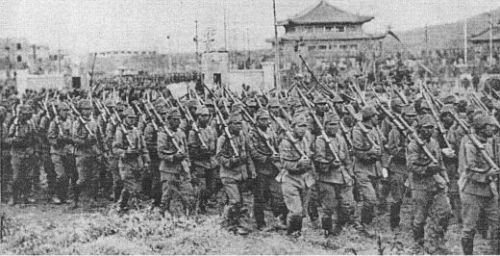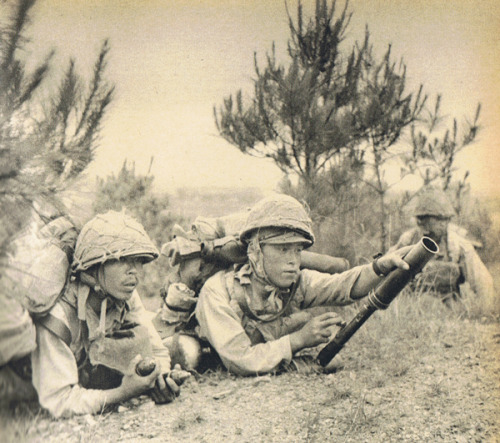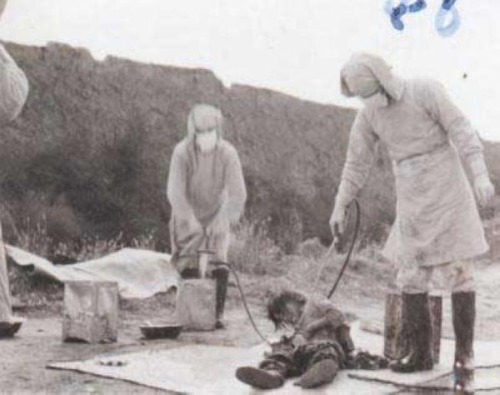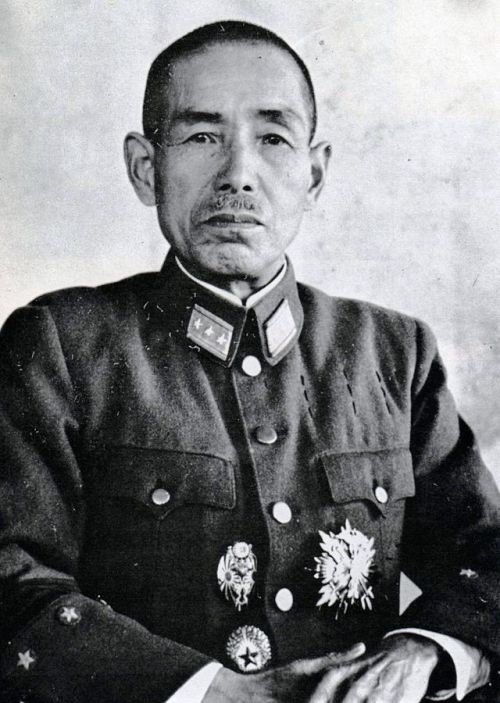Japanese retaliation for the Doolittle Raid — The Zhejiang-Jiangxi campaignThe ambitious Dooli
Japanese retaliation for the Doolittle Raid — The Zhejiang-Jiangxi campaignThe ambitious Doolittle Raid was a plan by Army Air Corps Colonel Jimmy Doolittle to bomb industrial and military targets in Tokyo using carrier based B-25 bombers. For the men who piloted the mission, it was a one way trip as the bombers could not land on aircraft carriers. Instead they were ordered to land at airfields in China, bitter enemy of the Japanese and then an Allied Power. Due to being forced to take off 200 miles farther than expected, most of the airmen had to bail out over Zhejiang and Jiangxi provinces. Only eight airmen were picked up by enemy patrols, the rest were taken in by Chinese civilians and smuggled away to safety.The Japanese scoured the countryside looking for the hidden airmen. Chinese civilians found with American goods in their possession were executed on the spot. Often, whole towns and villages were burned to the ground on the mere suspicion that they once gave aid to the Americans. In retaliation for the Doolittle Raid, the Japanese launched the Zhejiang-Jianxi Campaign in May, with goal of pushing back Chinese Nationalist Forces, capturing airfields, occupying more territory inland, and thus making it more difficult for the Americans to conduct another similar raid. Unofficially, the campaign was an operation to punish the Chinese populace for aiding the Americans. Between May and September of 1942, 40 Japanese infantry battalions and 15-16 artillery battalions swarmed across Zhejiang and Jiangxi Provinces, all the while looting, raping, pillaging, and burning everywhere they went. Whole cities were destroyed, with the civilians lined up and killed for target or bayonet practice. The worst of the atrocities occurred when the Japanese turned to the use of biological weapons for the mass killing of Chinese civilians. This included the use of weaponized forms of cholera, plague, typhoid, and dysentery. The use of such weapons was a double edged sword, however, as the diseases rebounded, infecting 10,000 Japanese soldiers and killing around 1,700.By the time the Zhejiang-Jiangxi campaign came to a close in late August, an estimated 250,000 Chinese civilians had been murdered by Japanese Imperial Forces. The commander of the operation, Gen. Shunroku Hata (pictured above), was sentenced to life in prison in 1948 for his role in the attrocities, but paroled in 1954. -- source link
Tumblr Blog : peashooter85.tumblr.com
#history#wwii#doolittle raid#japanese empire#pacific war#china#chinese history#war crimes



